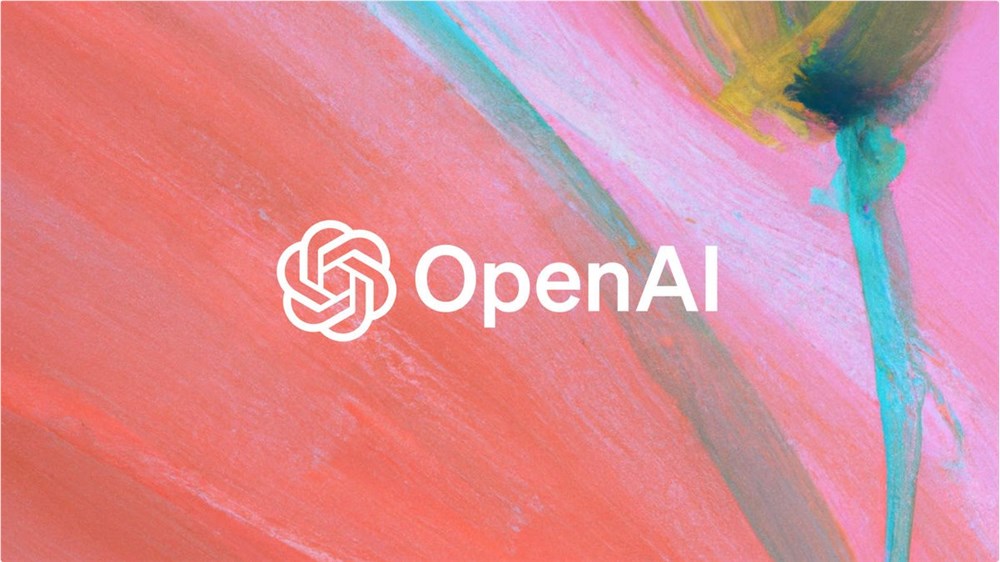OpenAI’s highly anticipated Sora video AI model has not yet been released, causing widespread concern. This article will provide an in-depth analysis of the reasons for the delay in its release, including security considerations, technical challenges, cost factors, and progress in cooperation with Hollywood and the art world. From its initial appearance to today's cautious attitude, OpenAI's strategic change reflects the complex relationship between the development of artificial intelligence technology and social responsibility, and also reflects the intensity of competition in the video AI field.
Recently, OpenAI's Sora video AI model has attracted much attention, but the release of this anticipated product has been hesitant. According to a statement from OpenAI, Sora is still in the research phase, mainly because communication with policymakers is still ongoing. This model debuted in mid-February this year, but due to various factors, there is no exact release time yet.

Media reports indicate that OpenAI is very cautious about security risks, especially in light of this year’s upcoming U.S. election. Therefore, the company has chosen to hold off on the release to ensure that all risks can be properly addressed. Additionally, Sora faces some technical challenges that further complicate the company's release plans. In early March, OpenAI officially confirmed that Sora still had no release date, and Chief Technology Officer Mira Murati later said that Sora "will definitely be released this year," but before that, the production cost needs to be reduced. down because the current cost is "much higher."
In addition, the issue of Sora's training data has also attracted attention. YouTube CEO Neal Mohan has warned OpenAI that there may be legal risks. However, OpenAI did not confirm whether Sora used YouTube data, and Murat said in an interview that "she didn't know."
While Sora has yet to be released, OpenAI is actively reaching out to relevant people in Hollywood, aiming to establish partnerships with film studios, media executives, and talent agencies to encourage them to integrate Sora into their creations. Several Hollywood figures, including actor Ashton Kutcher, are testing the model and anticipate its far-reaching impact on the film industry.
In addition, OpenAI is hosting an exhibition at New York’s Stella Gallery to provide artists with access to yet-to-be-released AI tools. Titled "New Roads," the exhibition will run for three weeks and showcase the work of a wide range of artists, researchers and creatives working at the intersection of physical and digital art.
Since Sora's debut in February, the video AI market has developed rapidly, with multiple Chinese companies such as KLING and Vidu also launching their own models. At the same time, Runway ML also launched two new AI models, although they are not yet comparable to OpenAI's Sora. Overall, Sora is seen as an important milestone in video generation AI, and developers hope to further expand its capabilities and create more applications in the future.
Highlight:
OpenAI's Sora video AI model has not yet been released due to ongoing communication with policymakers.
? Release delays are associated with security risks, technical challenges and high costs.
? OpenAI is actively working with Hollywood to encourage creators to use Sora to innovate.
The delay in the release of Sora highlights the complex challenges faced in the commercialization of large-scale AI models, as well as the balance between technological breakthroughs and social responsibility of OpenAI. Future development deserves continued attention, and I look forward to Sora eventually bringing revolutionary changes to video creation.